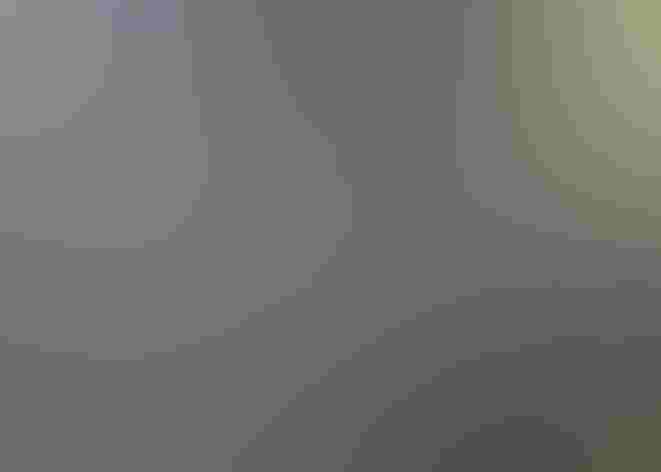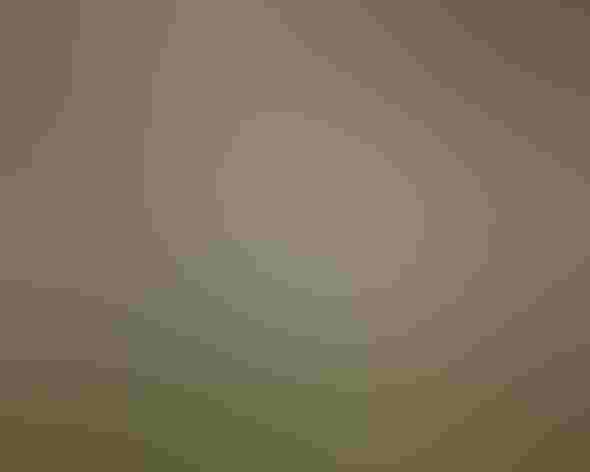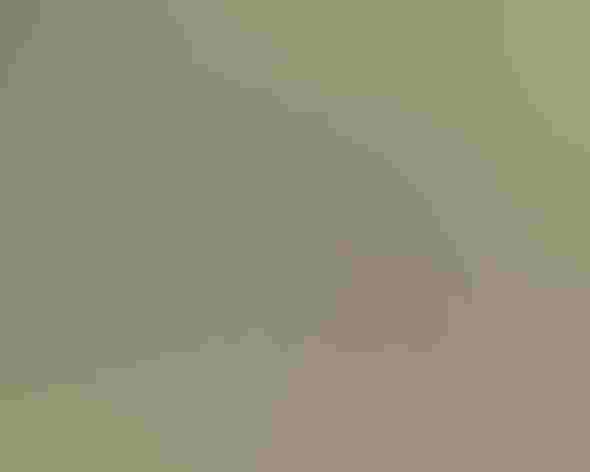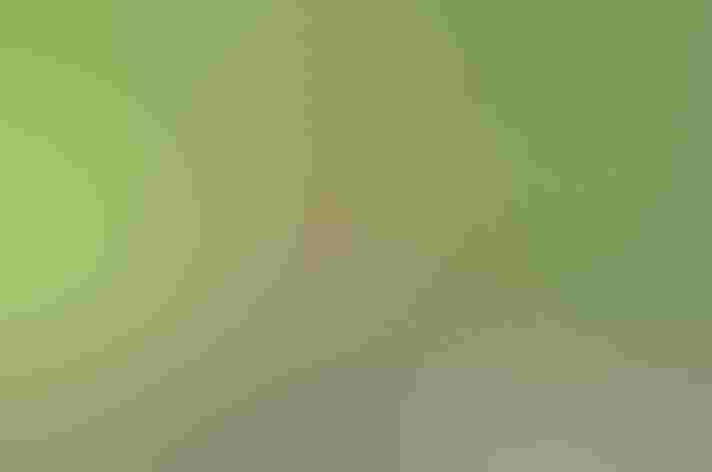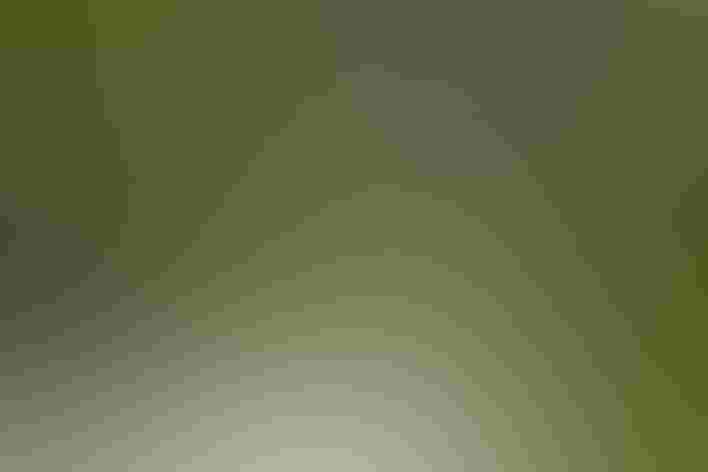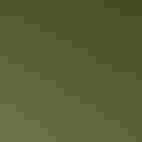Veery
At a Glance
In moist leafy woods across the northern states and southern Canada, the breezy spiraling song of this thrush is a common sound in summer. An observer who waits patiently inside the woods may see the Veery itself, bounding across the forest floor with long springy hops or perching quietly in the undergrowth. Staying with us for less than half the year, the bird spends the balance of its time living in the shadowy undergrowth of tropical rain forest.
All bird guide text and rangemaps adapted from Lives of North American Birds by Kenn Kaufman© 1996, used by permission of Houghton Mifflin Harcourt Publishing Company. All rights reserved.
Category
Perching Birds, Thrushes
IUCN Status
Least Concern
Habitat
Arroyos and Canyons, Forests and Woodlands, Shrublands, Savannas, and Thickets
Region
Eastern Canada, Florida, Great Lakes, Mid Atlantic, New England, Northwest, Plains, Rocky Mountains, Southeast, Southwest, Texas, Western Canada
Behavior
Direct Flight
Population
11.000.000
Range & Identification
Migration & Range Maps
Migrates mostly at night. Winters east of the Andes in South America. Those nesting in west apparently migrate east in fall before turning south, as they are virtually unrecorded in the southwest south of breeding areas.
Description
6 1/2 -71/4" (16-18 cm). Warm tawny-brown above, with very little spotting on chest; face looks very pale and plain. Western Veeries are duller, with slightly more spots on chest.
Size
About the size of a Robin, About the size of a Sparrow
Color
Brown, Red, Tan, White
Wing Shape
Pointed, Rounded
Tail Shape
Notched, Rounded, Square-tipped
Songs and Calls
Song a rich downward spiral with an ethereal quality; call note a descending whew.
Habitat
Damp deciduous woods. For breeding, favors dense understory and leafy low growth near water. Surrounding habitat usually deciduous woods, sometimes mixed or coniferous woods, or open country on northern Great Plains. In mature forest, avoids areas with little understory, concentrating along streams or other openings. During migration, found mainly in deciduous woods. Winters in undergrowth of lowland tropical forest.
Sign up for Audubon's newsletter to learn more about birds like the Veery
Behavior
Eggs
4, sometimes 3-5. Pale greenish blue, usually unmarked, sometimes spotted with brown. Incubation is apparently by female only, about 10-14 days.
Young
Both parents feed nestlings; female may spend much time brooding them at first. Young leave nest about 10-12 days after hatching. Some pairs may raise 2 broods per year.
Feeding Behavior
Forages mostly by hopping about on the ground or in low vegetation. Sometimes flips dead leaves over with bill; often hovers briefly to take insects from foliage, and may make short flights to catch insects in mid-air. Also watches from low perch and drops to ground for items. Feeds on berries up in shrubs and trees.
Diet
Mostly insects and berries. Diet is mainly insects during breeding season, including beetles, ants, small wasps, caterpillars, crickets, and others, also spiders, centipedes, snails; rarely eats small frogs or salamanders. Berries and small fruit may be majority of diet in late summer and fall. Winter diet poorly known.
Nesting
Male arrives first on breeding grounds and defends nesting territory by singing. Courtship involves male chasing female, both birds calling back and forth. Nest: Typically placed on or near the ground in dense forest. Nests above ground are usually in base of shrub or sapling, less than 5' up; nests on ground are often placed against stump or log, or in clump of grass or weeds. Nest (built by female) has foundation of dead leaves, cup made of weeds, twigs, fine strips of bark, lined with rootlets and bark fibers.
Conservation
Conservation Status
Nests frequently parasitized by Brown-headed Cowbirds, probably reducing nesting success. Surveys suggest that numbers of Veeries may be declining.
Climate Threats Facing the Veery
Choose a temperature scenario below to see which threats will affect this species as warming increases. The same climate change-driven threats that put birds at risk will affect other wildlife and people, too.

